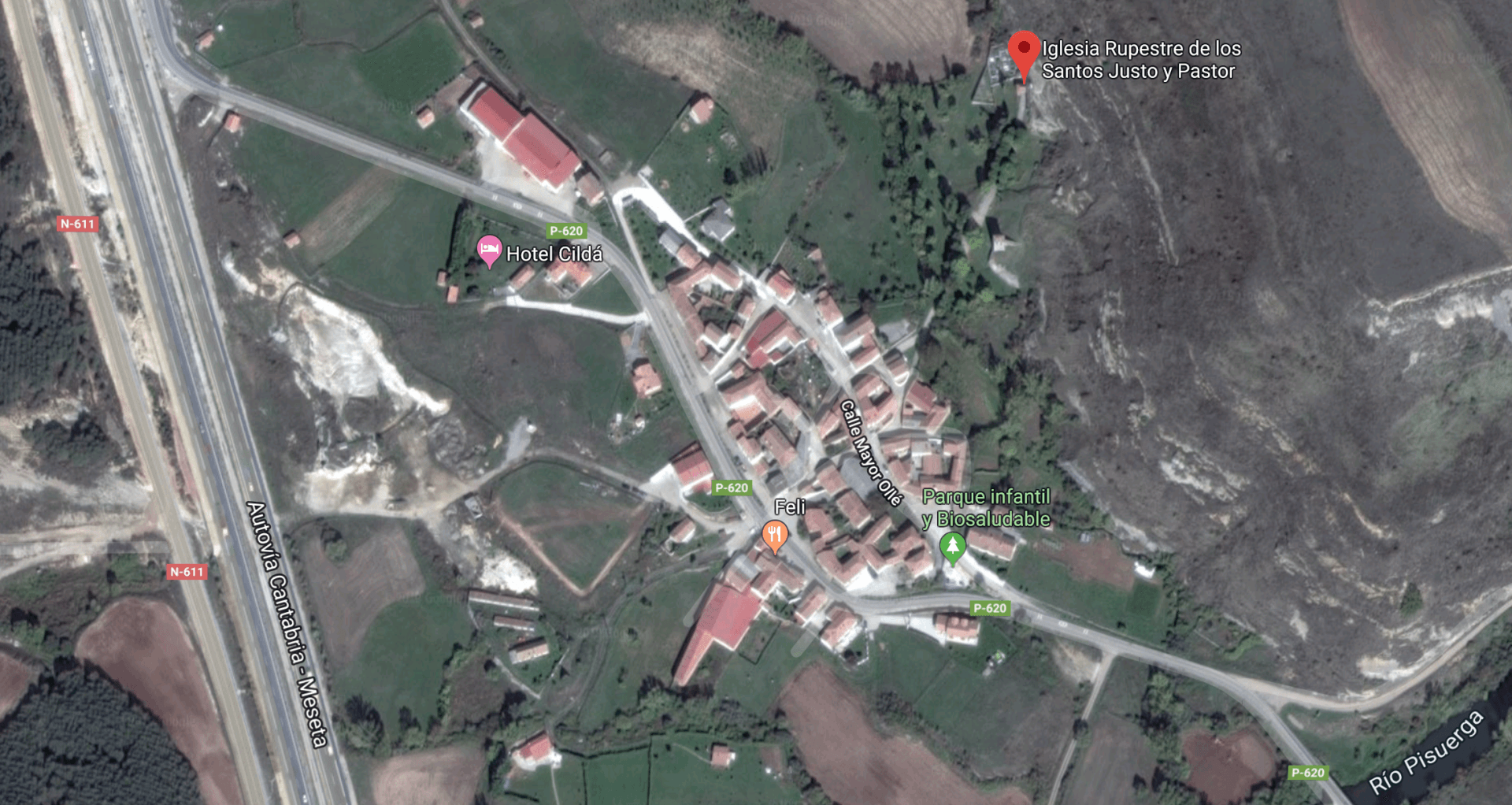Understanding Romanesque Art
Early Romanesque Art
The Romanesque constructions evoke the first monasteries that occurred in the year 1000, where one of the resistance against Islam was placed. The first hermits and anacoretas retired to caves to live a contemplative and poverty life, following in the footsteps of San Antonio Abad and San Pedro el Ermitaño. As it happened in Olleros de Pisuerga, where they were occupying the skirt of the mountain. They were separated, scattered, but close, these were the foundations that would form a first community and that would be the first steps to found the first monasteries.
In order to perform their religious cults, they had to make a larger cave,
which they dug into the rock, forming a rock church, this forced them to use a rule that gave regularity, discipline and order to their lives.
In this same way, the Benedictine Rule of Saint Benedict was born, making the monks live in community, dictating the way of life, dividing the day into a series of hours, organizing the routine and tasks of the monks.
This rule gives way to a cultural and economic movement of great bastedad, occupying the entire Christian West and which are somehow, germ and foundation of the current civilization.
The kings of Castile and León of the s. XI, they see this new cultural expression blooming in Europe and in Spain, so they decide to boost it, especially; Ferdinand I and Alfonso VI, which allows them to ally with Europe and modernize themselves, so they decree that the monasteries undergo the reform of the Benedictine rule, that of Cluny, and get in touch with Cluny to form a single movement.
The Rupestre de los Santos Justo y Pastor church in Olleros de Pisuerga, Palencia. It brings together the characteristics of the architecture of the Romanesque churches, where they carved fajon arches, semicircular arches along the church nave, were not necessary, but marked a rhythm and a style.
The rock church of San Juan de Baños may be the oldest preserved temple of the Visigothic period that is preserved in Spain, located in Baños de Cerato, Ermita BC street, 13, 34200, Palencia. WGCH 84 Baños de Cerrato, 15 km from the center of Palencia capital. (in the valley of Pisuerga in Palencia)
The rock church of San Juan de Baños may be the oldest preserved temple of the Visigothic period that is preserved in Spain, located in Baños de Cerato, Ermita BC street, 13, 34200, Palencia. WGCH 84 Baños de Cerrato, 15 km from the center of Palencia capital. (in the valley of Pisuerga in Palencia)











